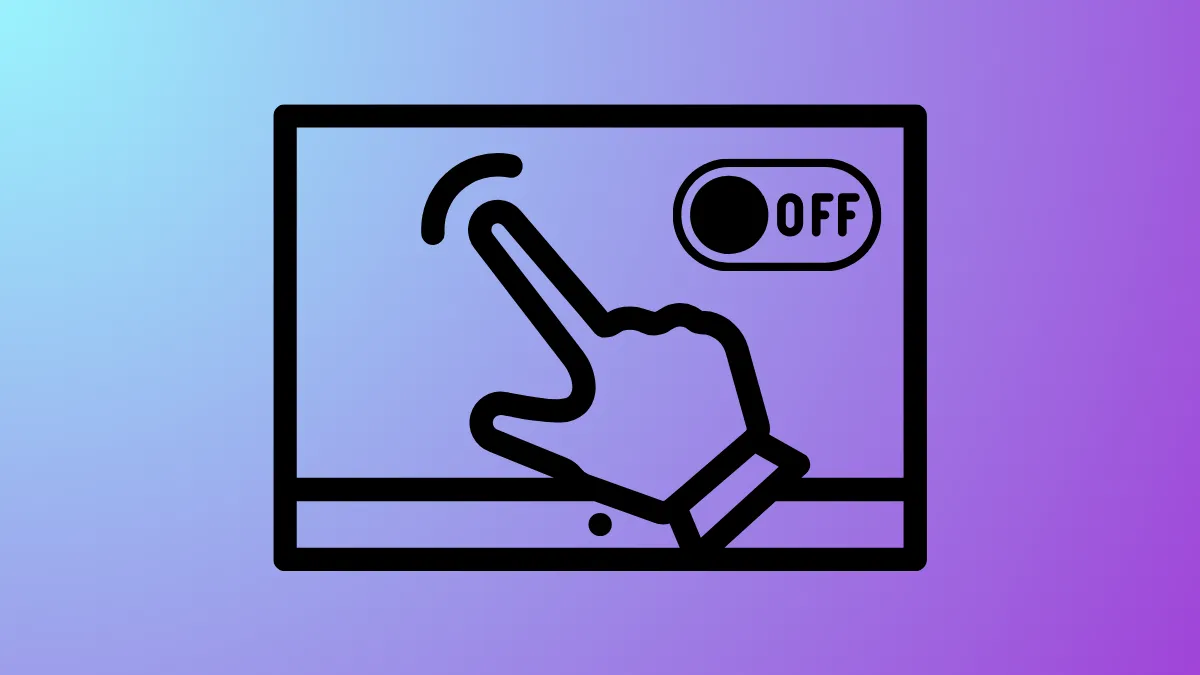Disabling the touchscreen on a Windows 11 device can help prevent accidental touches, conserve battery life, or simply provide a more traditional input experience when using a mouse or keyboard. Windows 11 includes built-in options to temporarily or permanently disable the touchscreen without the need for third-party software. Below are detailed methods to disable the touchscreen, ranging from using Device Manager to advanced options like PowerShell and the Registry Editor.
Disable Touchscreen Using Device Manager
The Device Manager is the most straightforward way to disable your touchscreen. It lets you manage hardware devices connected to your system, including the touchscreen driver. Disabling the touchscreen driver stops the system from recognizing touch input.
Step 1: Right-click the Start button on the taskbar to open the Power User Menu, and select Device Manager.
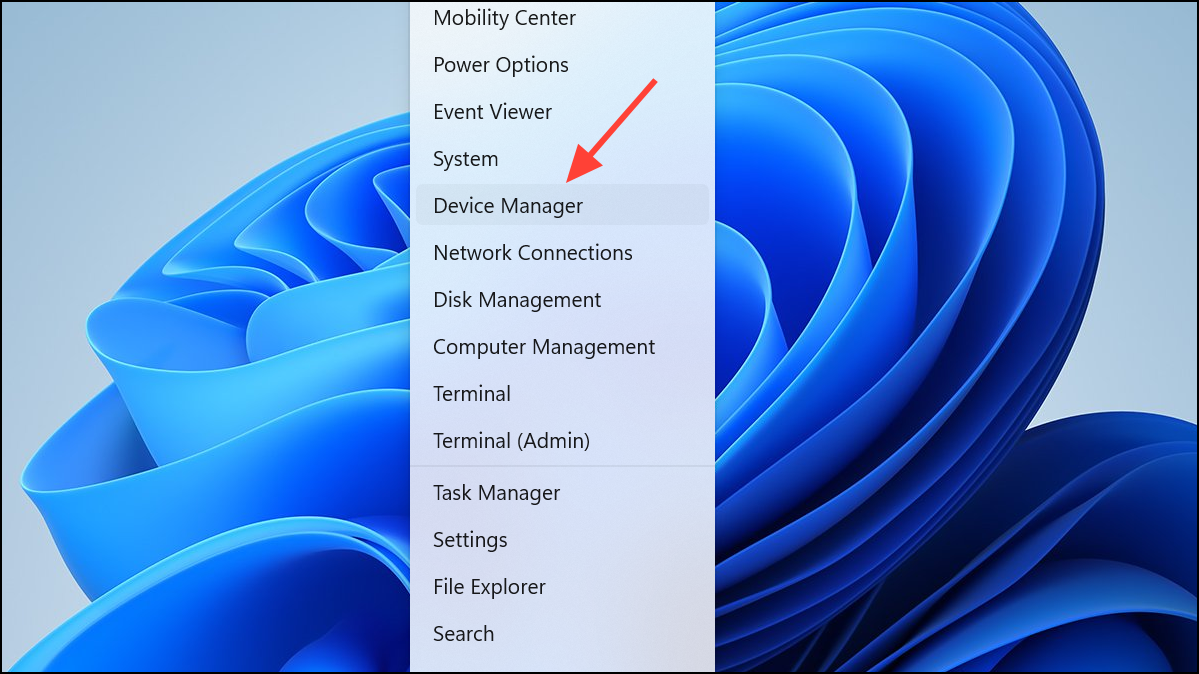
Step 2: In the Device Manager window, scroll down and expand the Human Interface Devices category by clicking the arrow next to it.
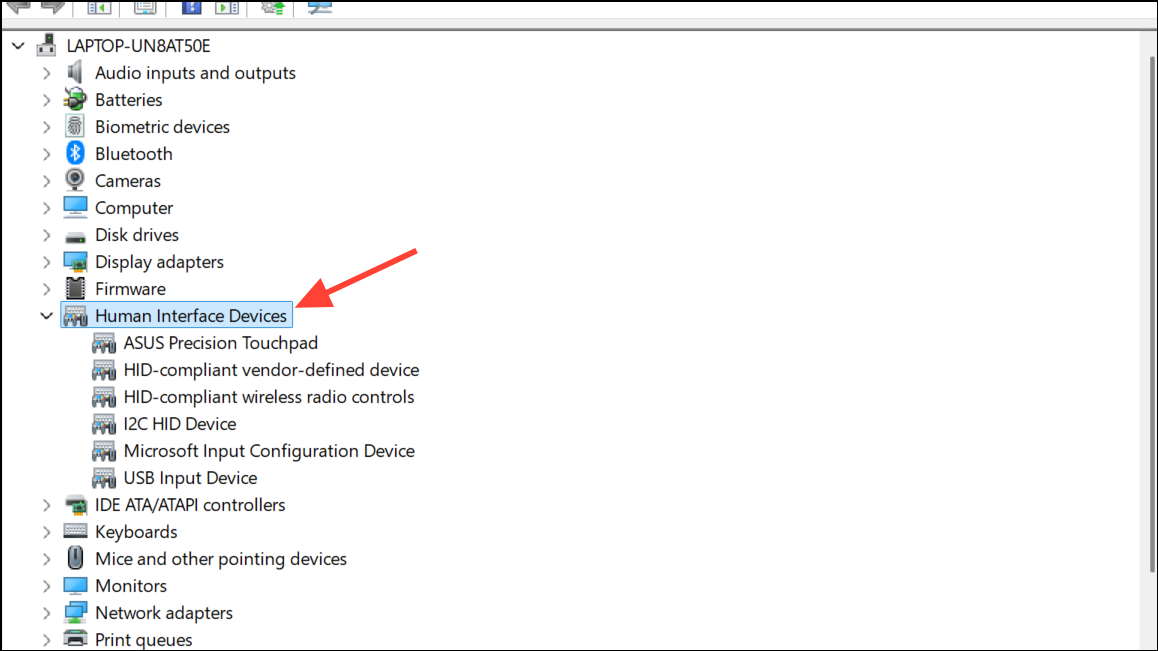
Step 3: Locate the entry named HID-compliant touch screen. If you see multiple entries, you will need to repeat the following steps for each one.
Step 4: Right-click on HID-compliant touch screen and select Disable device from the context menu.
Step 5: When prompted with a confirmation dialog, click Yes to disable the touchscreen device.
After completing these steps, your touchscreen will no longer respond to touch input. To re-enable it, simply repeat the steps and select Enable device instead.
Disable Touchscreen Using Windows PowerShell
For users comfortable with command-line tools, Windows PowerShell provides a quick method to disable the touchscreen by targeting the device driver directly through commands.
Step 1: Click the Search icon on the taskbar, type Windows PowerShell, then right-click on the Windows PowerShell app and select Run as Administrator.

Step 2: In the PowerShell window, enter the following command and press Enter:
Get-PnpDevice | Where-Object {$_.FriendlyName -like 'touch screen'} | Disable-PnpDevice -Confirm:$false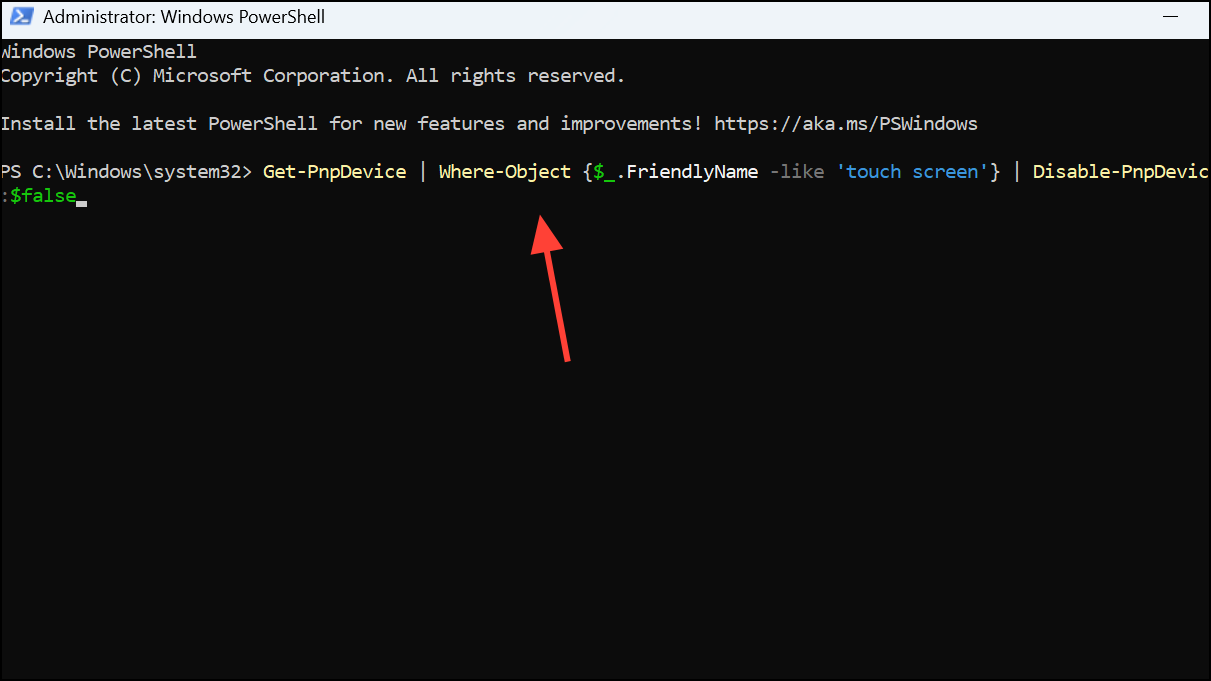
This command locates all devices with "touch screen" in their friendly name and disables them without asking for confirmation.
Step 3: To re-enable the touchscreen later, open PowerShell as administrator again and run:
Get-PnpDevice | Where-Object {$_.FriendlyName -like 'touch screen'} | Enable-PnpDevice -Confirm:$false
Using PowerShell allows you to disable or enable the touchscreen quickly without navigating through menus.
Disable Touchscreen Using Registry Editor
Modifying the Windows Registry offers a more advanced way to disable touchscreen functionality. This method is less commonly used and should be approached with caution, as incorrect changes to the registry can cause system instability.
Step 1: Press Windows key + R to open the Run dialog box. Type regedit and press Enter to open the Registry Editor.
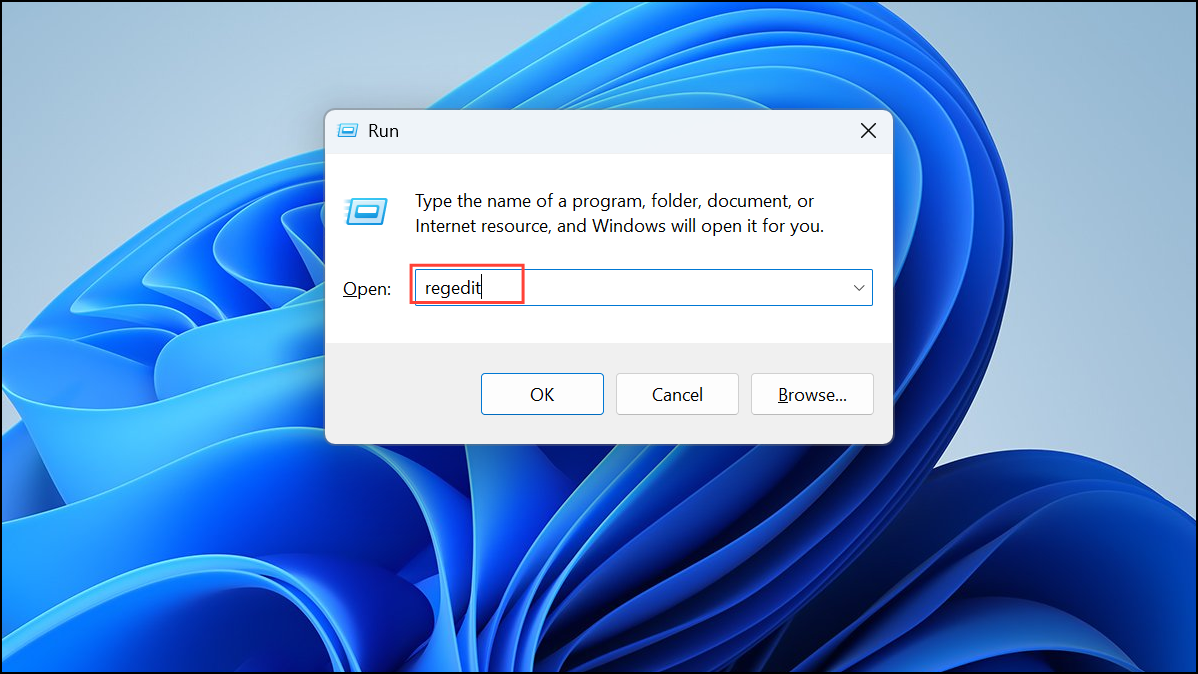
Step 2: In the Registry Editor, paste the following path into the address bar at the top and press Enter:
HKEY_CURRENT_USER\Software\Microsoft\Wisp\Touch\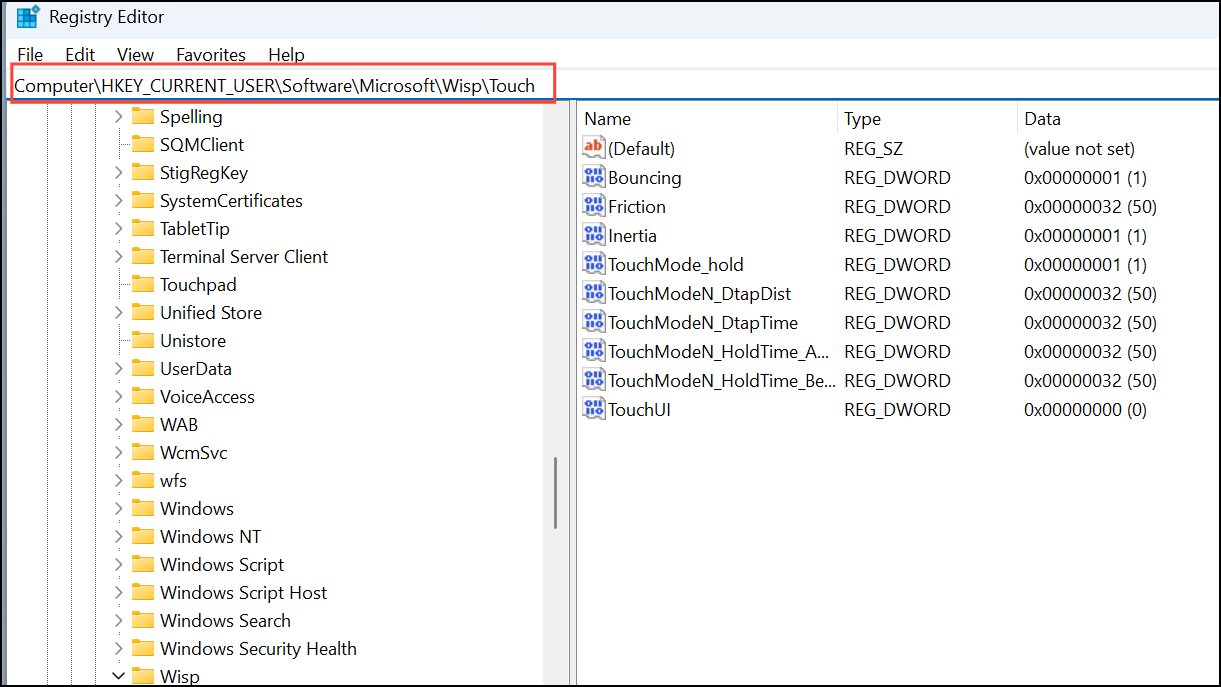
Step 3: Right-click on the Touch key in the left pane, select New, then choose DWORD (32-bit) Value.
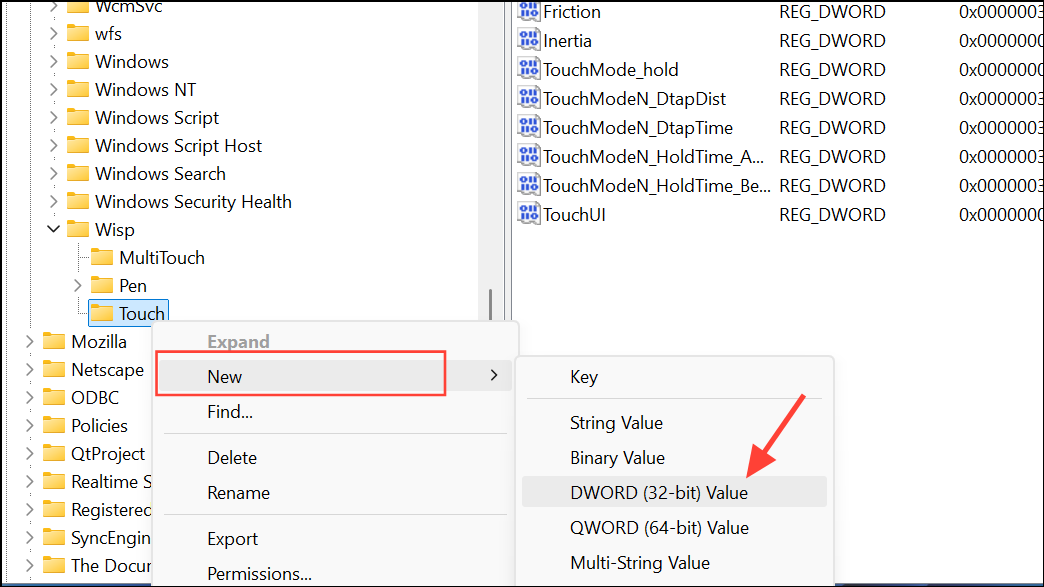
Step 4: Name the new DWORD value TouchGate.
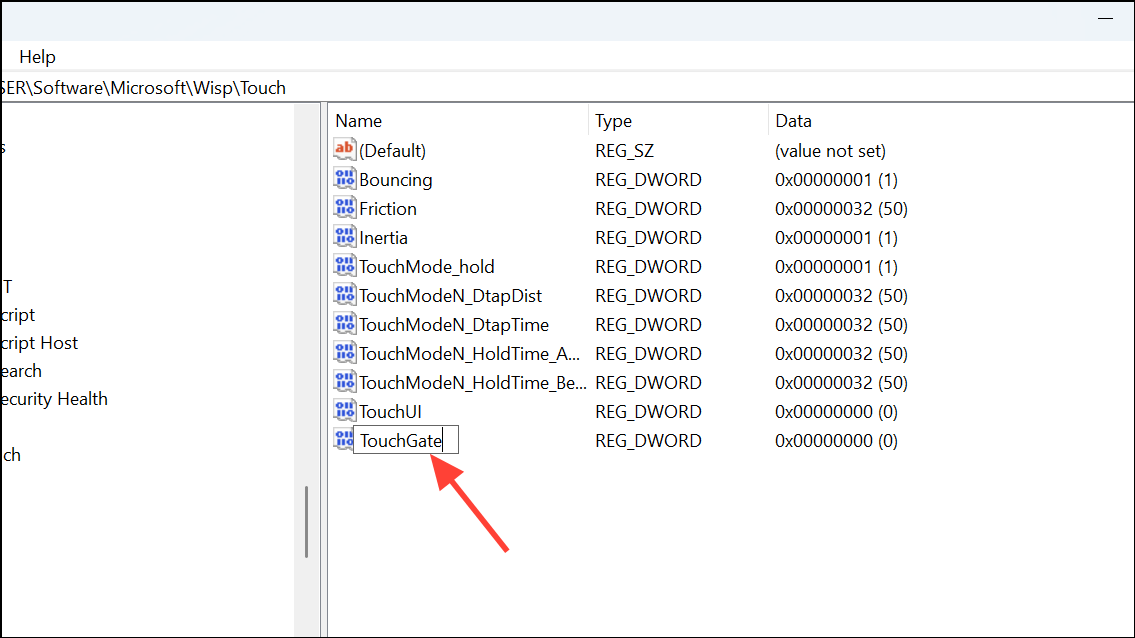
Step 5: Double-click the TouchGate entry and set its value data to 0. Click OK to save.
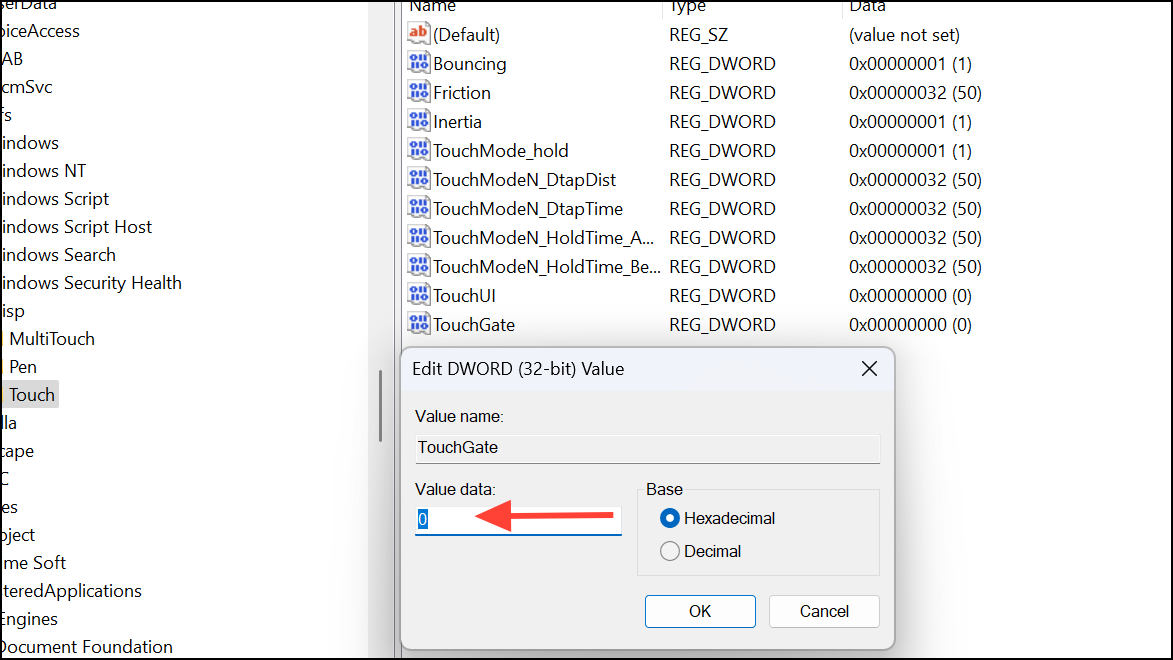
Step 6: Close the Registry Editor and restart your PC to apply the changes. The touchscreen will be disabled after reboot.
To re-enable the touchscreen, follow the same steps and change the TouchGate value to 1 or delete the DWORD entirely.
Additional Tip: Disable Windows Touch Screen Indicator
Windows 11 displays a small circle indicating where the screen is touched. If you want to hide this visual cue without disabling the touchscreen itself, you can adjust the settings as follows:
Open Settings, navigate to Accessibility > Mouse pointer and touch, then toggle off the Touch indicator option.
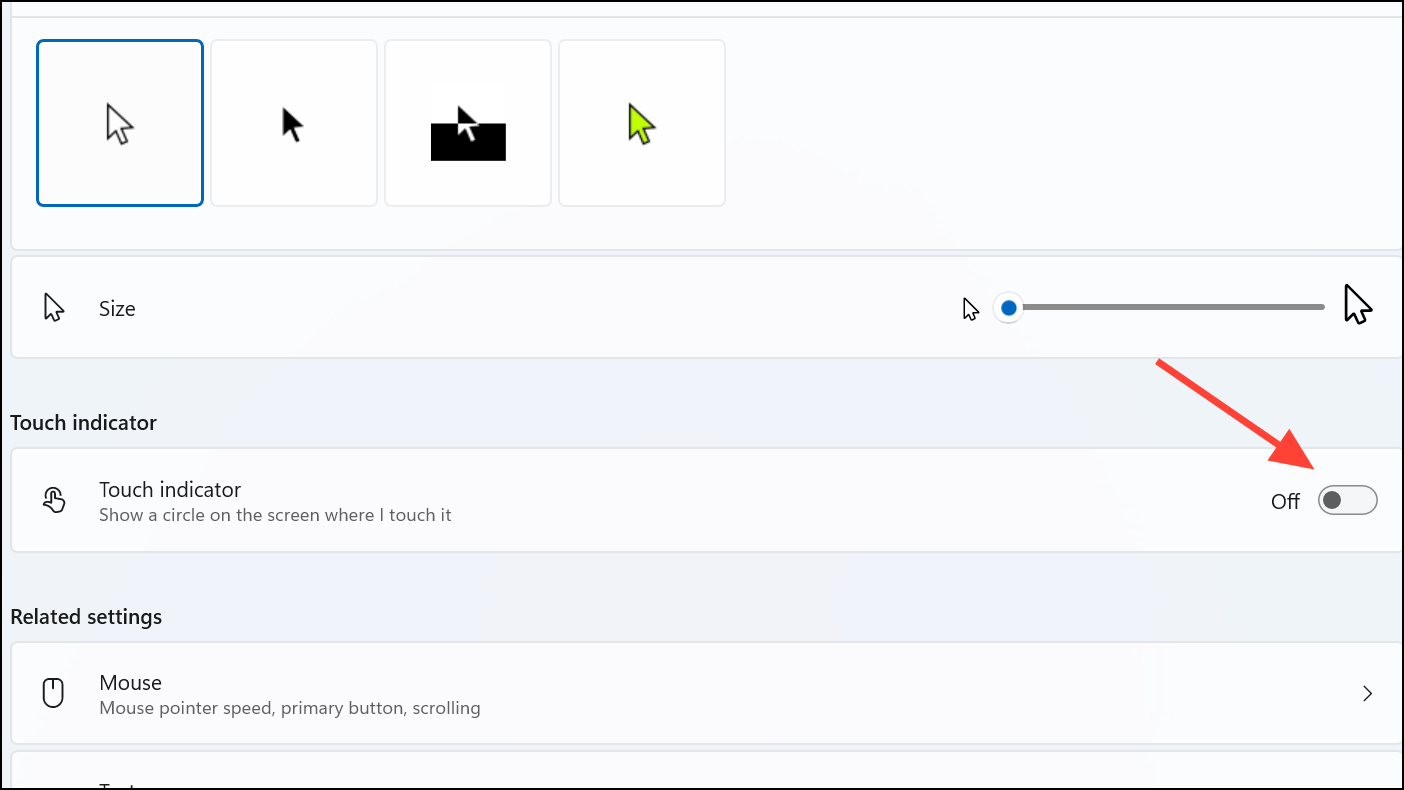
This stops the touch indicator from appearing, providing a cleaner visual experience while keeping touch functionality active.
Disabling the touchscreen on Windows 11 can be done quickly through Device Manager for most users. PowerShell offers a command-line alternative, and the Registry Editor method provides an advanced option for those comfortable with system tweaks. Remember, you can always re-enable the touchscreen by reversing these actions whenever needed.

